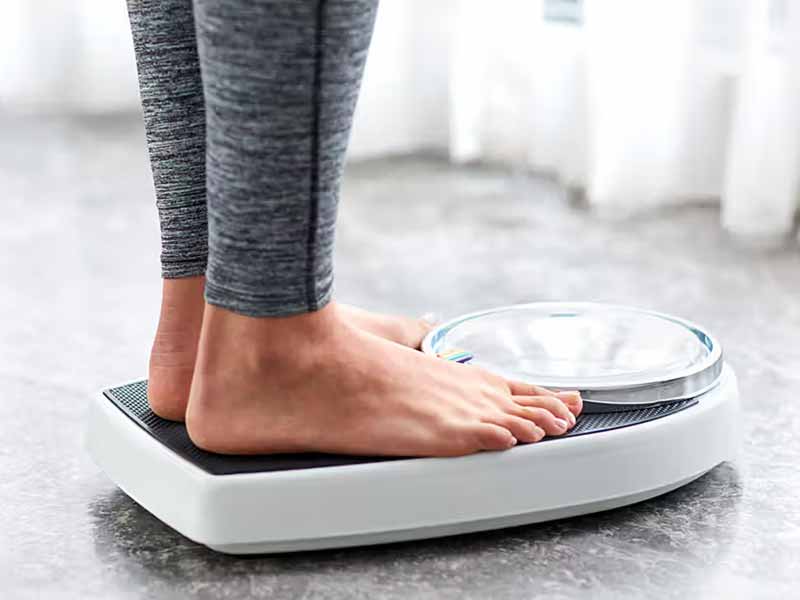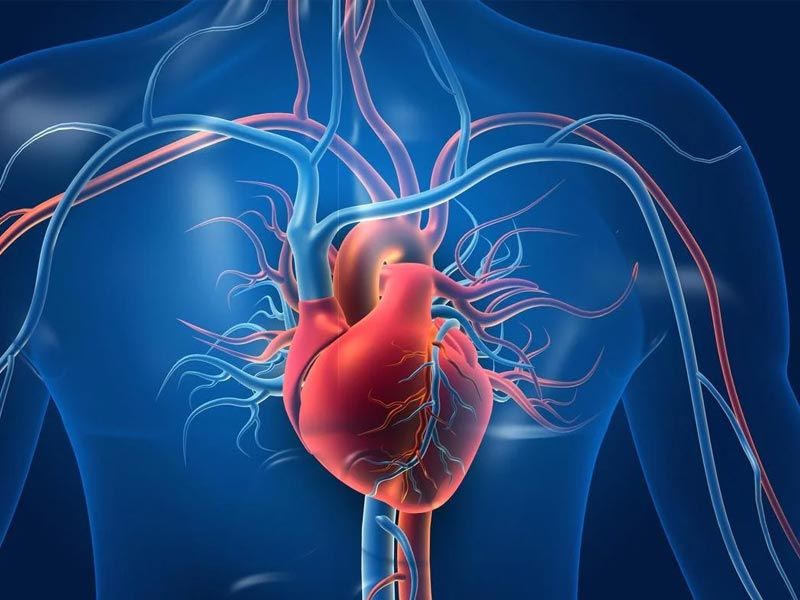The young fern’s furled fronds are harvested and used as a vegetable, known as fiddleheads or fiddlehead greens. For centuries, ferns have been a staple of many Native American and Asian diets, as well as those in Northern France. Due to their early season harvesting before the frond opens and reaches its maximum height, fiddleheads are clipped close to the ground.
Fiddleheads are rich in antioxidants.

Fiddleheads contain beta-carotene, an antioxidant that has been linked to a lower risk of developing a number of cancers. According to research, consuming 2.7 milligrammes of beta-carotene per day instead of 1.7 milligrammes may reduce the risk of lung cancer by over 40%. Stomach ulcers are effectively treated by the B-vitamin complex, vitamin C, beta-carotene, potassium, and calcium.
Weight loss can be greatly aided by fiddleheads.

There is a lot of nutrition in fiddleheads. 34 calories are found in 100 grammes of fiddlehead ferns. Additionally, the fibre in fiddleheads prevents the brain’s release of the hormone ghrelin, which signals when a person is hungry and ready to eat.
Omega 3
 An excellent non-marine dietary source of omega-3 fatty acids is the fiddlehead mollusk. This unfurled frond may have the widest range of fatty acids of any edible green plant, according to research. The body’s cell membranes are made up primarily of omega-3 fatty acids, which also help control cholesterol, lower inflammation, and enhance memory.
An excellent non-marine dietary source of omega-3 fatty acids is the fiddlehead mollusk. This unfurled frond may have the widest range of fatty acids of any edible green plant, according to research. The body’s cell membranes are made up primarily of omega-3 fatty acids, which also help control cholesterol, lower inflammation, and enhance memory.
Anti Inflammatory
 Omega-3 fatty acids, which are good for the heart, are found in fiddleheads. These fats assist in lowering blood pressure, reducing inflammation, and enhancing cardiovascular health in general.
Omega-3 fatty acids, which are good for the heart, are found in fiddleheads. These fats assist in lowering blood pressure, reducing inflammation, and enhancing cardiovascular health in general.
Also read: Incredible Benefits of drinking lemon water
Cardiovascular Health
 Benefits of fiddlehead health include resistance to diabetes, heart disease, and cancer. They are low in calories, fat, and cholesterol, and they are packed full of vitamins and nutrients that your body needs.
Benefits of fiddlehead health include resistance to diabetes, heart disease, and cancer. They are low in calories, fat, and cholesterol, and they are packed full of vitamins and nutrients that your body needs.
Remember: Before consuming, and even before sautéing, frying, or baking, fiddleheads must be cooked completely in boiling water or steam-cooked. Remember to dispose of the water used for steaming or boiling. When searching for fiddleheads, become knowledgeable about the proper identification of the edible species.

























